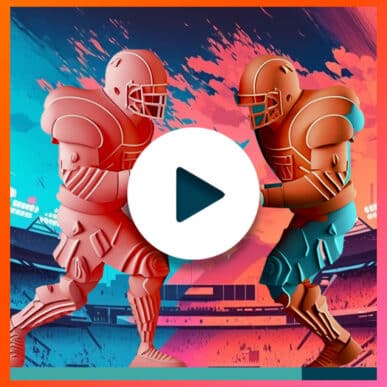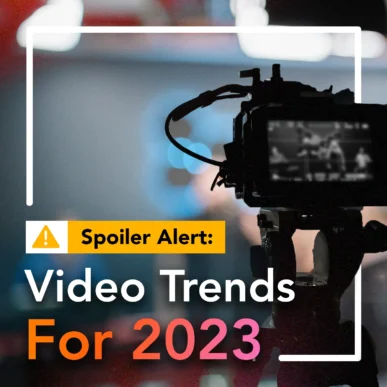Everyone said print is dead. Despite dwindling circulation numbers as readers rely on desktop, mobile and tablet devices to consume media, print is taking a page from digital to try and stay afloat.
This week Time Inc. announced that it would be allowing advertisers to buy its magazines programmatically. According to details reported in Digiday, Time Inc. is making six audience segments available programmatically: Women, Men, Lifestyle, Luxury, Business/Finance and Rapid Scale, which is basically Time Inc.’s weekly titles Time, People and Sports Illustrated. Ad rate erosion is a common concern that comes up in connection with Their programmatic rates are said to vary minimally from the prevailing audience-based rates, which will prevent rate erosion.
While one storied print publisher looks to digital to boost revenue, another traditional publishing brand is looking at native advertising as a catalyst to boost print numbers. Check out the cover of Forbes March 2 edition and see if you can spot the native ad.
It should be easy to spot if you are in the industry, but your average Joe who is not familiar with this type of advertising may not understand that the feature on Fidelity is in fact a sponsored article.
I personally applaud Forbes for trying something unique, though this is just your basic advertorial instead of buried between the pages of the magazine, it is in living color on the front page. But I digress. It gives advertisers another chance to engage consumers immediately. However, the fact that Forbes does not explicitly label this as sponsored or promoted is quite scary, especially for a distinguished brand of journalism. How long before the entire cover becomes one giant ad?
This is one of the most important things both brands and publishers are trying to do for native digital, because at the end of the day, trust is the most important asset anyone can have.





